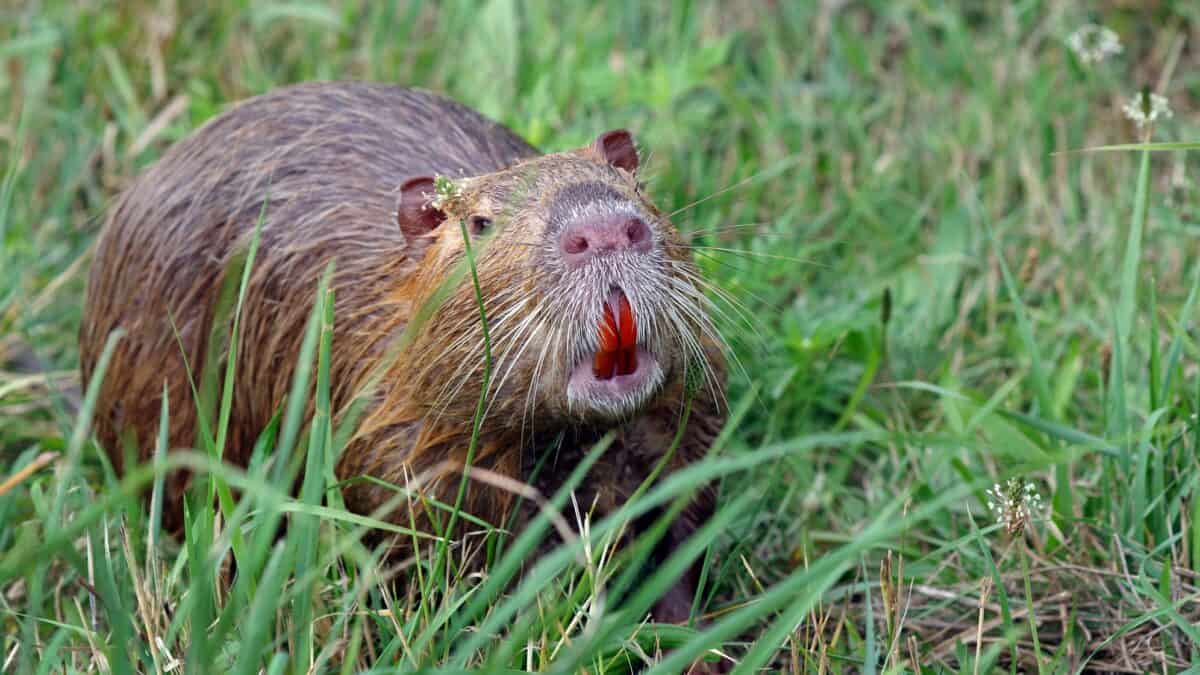Nature often finds a way to heal itself, and perhaps no example is more remarkable than the role of beavers in ecosystem restoration. In the heart of Europe, the Czech Republic is witnessing a fascinating natural transformation. Beavers, often dubbed “Nature’s Engineers,” are progressively restoring the country’s wetlands. This article delves into the intricate details of how these industrious creatures are reshaping landscapes and revitalizing biodiversity in the region.
Historical Presence of Beavers in the Czech Republic

Beavers once thrived in the regions of what is now the Czech Republic, playing a vital role in the local ecosystems. Their numbers dwindled significantly due to hunting and habitat destruction during the 18th and 19th centuries. By the beginning of the 20th century, beavers had virtually disappeared from the area. However, various conservation efforts and natural migration patterns have enabled their return, marking a significant ecological revival.
Beavers: The Natural Engineers

Beavers are renowned for their impressive engineering feats. With sharp teeth and a strong work ethic, these animals construct dams and lodges using branches, logs, and mud. This instinctive behavior not only provides them with protection against predators but also creates wetland environments that support myriad plant and animal species.
The Return of Beavers to Czech Wetlands

The resurgence of beavers in Czech wetlands can be attributed to both reintroduction programs and natural recolonization from neighboring countries. Since the early 2000s, beaver populations have steadily increased, resulting in visible changes to the landscape and local ecosystems.
Impact on Wetland Restoration

The reintroduction of beavers has been significant for wetland restoration in the Czech Republic. Their dam-building activities slow down water flow, allowing sediments to settle and creating diverse pond ecosystems. This process rejuvenates the wetlands, improving water quality and increasing biodiversity.
Biodiversity Boost in Beaver Habitats

The wetlands restored by beavers are vibrant ecosystems teeming with life. These habitats provide a sanctuary for various species, including fish, amphibians, birds, and mammals. Moreover, the resurgence of beaver-created wetlands has led to the return of threatened and endangered species, highlighting the keystone role of beavers in maintaining healthy ecosystems.
Flood Mitigation and Water Management

Beavers naturally contribute to flood management through their dam-building. The ponds they create help to retain water during periods of heavy rain, reducing the risk of downstream flooding. This natural flood mitigation strategy is increasingly valuable as climate change brings more frequent and severe weather events.
Beavers and Climate Change Resilience

The wetlands improved by beavers offer increased resilience to the effects of climate change. These areas store carbon, support groundwater recharge, and provide a buffer against drought and rising temperatures. The presence of beavers thus contributes to the overall adaptive capacity of ecosystems facing climatic uncertainties.
Challenges and Human Interaction

While beavers bring numerous ecological benefits, their activities sometimes conflict with human interests, such as agriculture and infrastructure. Dam construction can lead to flooding of crop lands and roads, challenging coexistence. Effective management strategies are essential to balance human needs with environmental benefits.
Conservation Strategies and Management

Farmers, environmentalists, and government bodies in the Czech Republic are collaborating to develop conservation strategies that accommodate beaver activities while minimizing negative impacts on human endeavors. These strategies include habitat zoning, the installation of flow devices to control water levels, and community education programs.
The Role of Education and Community Involvement

Community involvement and education are crucial to successful beaver conservation. By understanding the ecological role and benefits of beavers, local communities can play an active role in promoting coexistence. Educational programs aimed at raising awareness are helping to build positive perceptions and support for beaver conservation.
Scientific Research and Monitoring

Continuous scientific research and monitoring are vital to understanding the complex dynamics of beaver population growth and their impacts on the ecosystems. Researchers are studying beaver behaviors, population trends, and ecological effects, providing data that guide conservation policies and practices in the region.
Looking to the Future: The Path Forward

The story of beavers restoring Czech wetlands illustrates the remarkable potential of nature to recover and adapt, given the right conditions. Ensuring the future success of beaver conservation requires ongoing efforts, adaptive management strategies, and cooperative approaches that include all stakeholders. As these natural engineers continue their work, they promise a thriving and resilient future for the Czech wetlands and beyond.
Conclusion: Embracing the Beavers’ Legacy

Beavers are more than just industrious creatures; they are catalysts for environmental restoration and biodiversity enhancement. As they continue to reclaim their role in Czech ecosystems, we should embrace their legacy of healing and transformation. By fostering collaboration among conservationists, scientists, communities, and policymakers, we can ensure that beavers thrive alongside human progress, contributing to a balanced and sustainable future.
- The Surprising Way Kangaroos Show Affection - August 21, 2025
- The Funny Reason Pandas Tumble So Much - August 21, 2025
- 11 Prehistoric Creatures That Would Be Terrifying If They Were Still Alive - August 21, 2025

